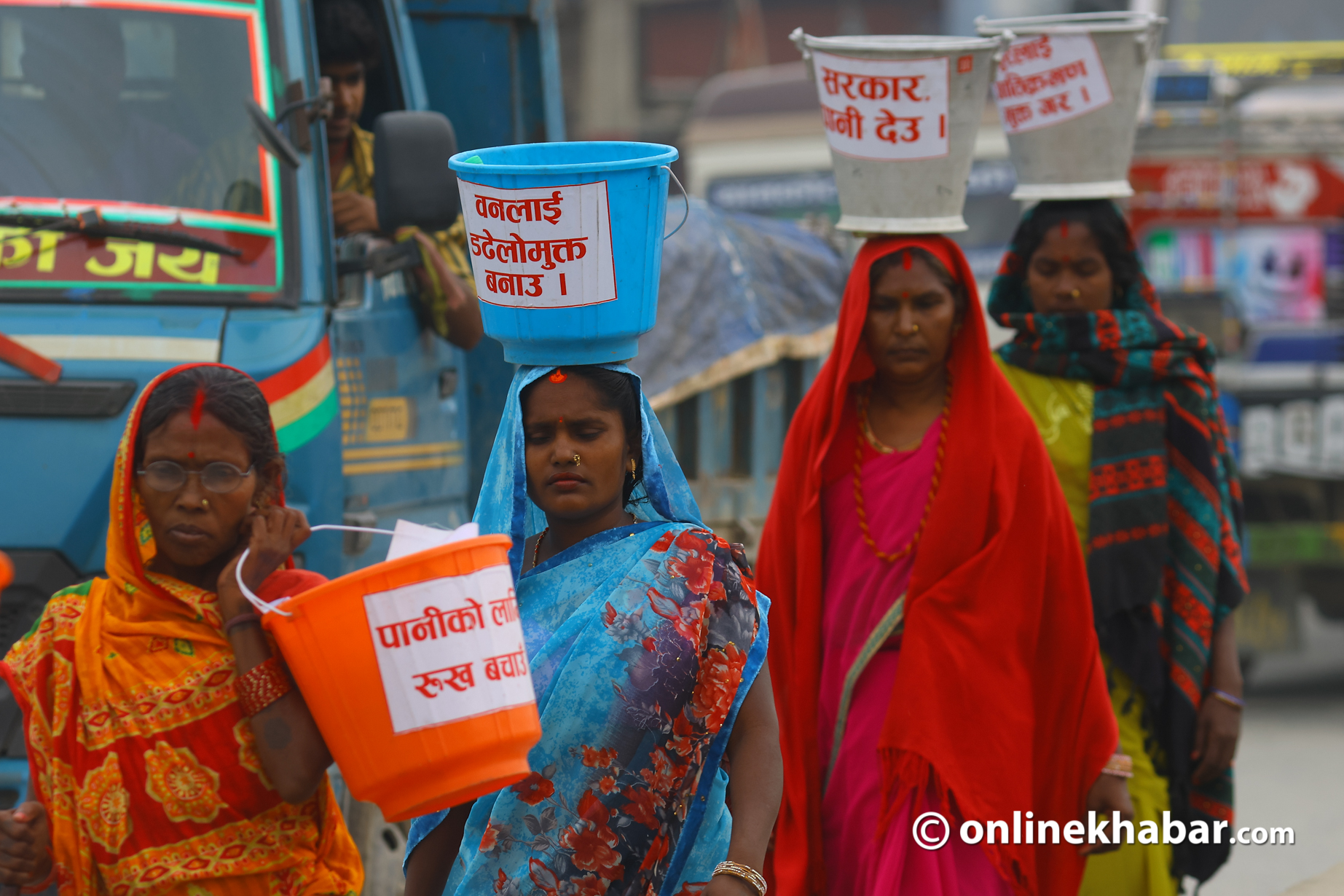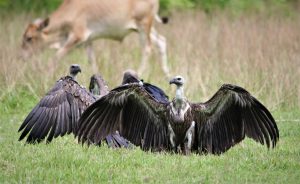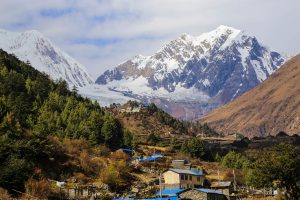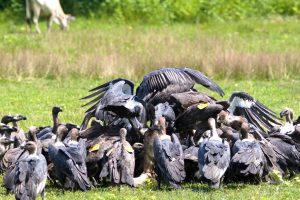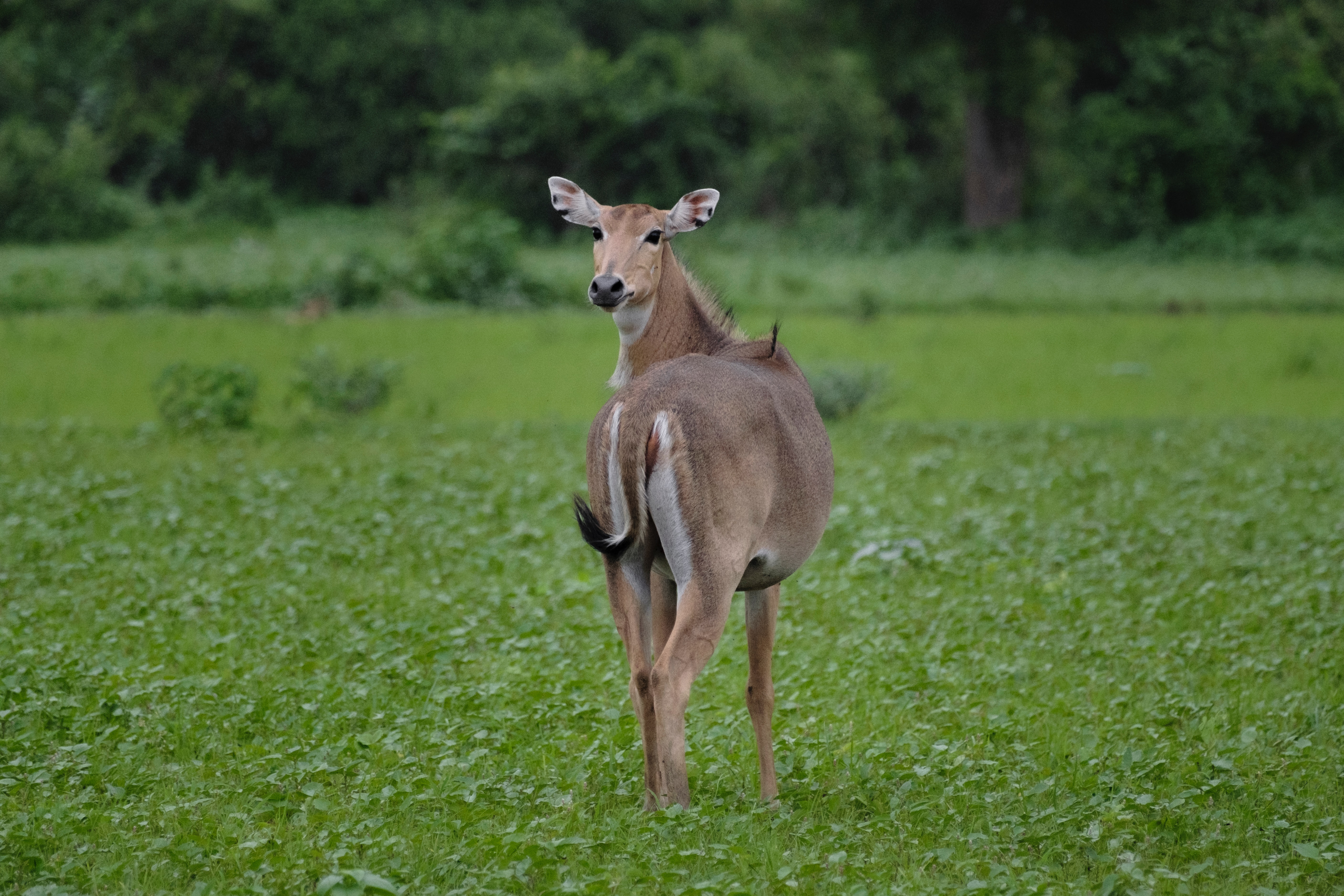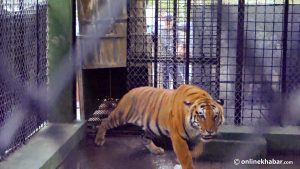
In his youth, ornithologist Hem Sagar Baral couldn’t care less about vultures he would see around his village “because there were too many of them; they were like sparrows and crows.”
But that changed soon as Baral observed something was amiss with the bird of prey. He realised that they were gradually disappearing. Later in the 1990s, when Baral took up the formal study of birds, he found shocking evidence that the population of vultures had fallen in the South Asia region by over 95 per cent between the 1980s and 2000s.
Twenty years after the realisation, Baral feels hard work by conservationists and local communities seem to have finally reversed the trend. A recent study shows that Nepal is on its way to recovering its lost vultures, faster than its neighbours. That makes it more exciting, he says.
On the way to ‘partial’ recovery
“My team and I have been surveying two vulture species along the East-west Highway: the white-rumped and slender-billed vultures since 2002,” says Baral, the first ornithologist of the country. “We selected the two species from nine found in Nepal because they were on the IUCN Red List of Threatened Species,” he explains.
The report says that the population of these species continued to decline until 2012-13 when the population of white-rumped and slender-billed vultures dropped to below 20 per cent of the estimated population of 2002. It then showed signs of recovery.
By May 2018, the population has been significantly recovered; the current estimate shows that is around 80 per cent of the 2002 figures for both the species.

The study team refuses to reveal the numbers as their methodology is based only on a survey, which is different from a census. Vultures’ census is difficult to carry out as birds cannot be held captive even for a short time. Nevertheless, experts such as Baral and Krishna Bhusal, a vulture conservation officer at Bird Conservation Nepal, say that Nepal is home to around 15,000 to 20,000 vultures. Of them, around 2,000 are white-rumped and around 50 are slender-billed.
Bhusal, one of the coauthors of the report, hopes that the estimated population of 2002 can be completely recovered in next three to four years if the current recovery rates (22 % a year for white-rumped vulture and 41% per year for slender-billed vulture) are maintained. The rates offer glimmers of hope as they are higher than the annual decline rates observed from 2002.
However, the achievement can only be termed a limited success as around 97 per cent of the vulture population had already disappeared before, between the 1980s and 2002, Baral says.
The killer painkiller
Baral says that the estimated population of various species of vultures in Nepal in the early 1980s was as much as 1.6 million. It means for it to become a ‘complete’ recovery, the population of vultures should increase to around 1.6 million again. This will take many decades. While Nepal lost around 97 per cent of its vultures, India could not save even one per cent of its population, Baral adds.
Alarmed by the loss, the international conservation community started investigating. “By 2003, they identified that diclofenac, medicine farmers used as a painkiller for their cattle, was the main culprit,” Bhusal says. He explains that vultures would die when they scavenged on carcasses of cattle that had been administered the medicine.
“One vial (30 ml) of diclofenac could kill 350 to 800 vultures,” he informs, “Hence, the activists launched an advocacy campaign to ban the use of the medicine.”
Responding to the international campaign, the government of Nepal banned the use of diclofenac in 2006, but it took around five years for the veterinary market to get rid of vials. “This may be the reason the population of vultures could not pick up until 2012-13,” Bhusal claims, adding the rise thereafter arguably resulted from the ban.
Implications of the recovery
While Baral maintains that the recovery will be partial even if fresh population estimates outnumber the 2002 mark, both the researchers believe that the survey finding is important for the conservation community of Nepal.
“The trends show that we are ahead of other countries in our neighbourhood. Nepal is leading the way,” Baral says, “It is a message that Nepal’s learning about vulture conservation efforts should be replicated by India and Pakistan among others.”
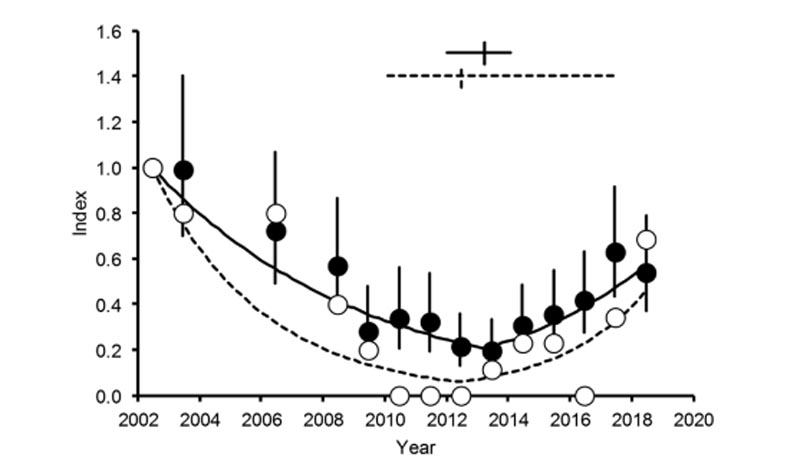
The population of vultures in India is also said to be on the rise. However, their improvement is nominal compared to the huge population of vultures in India in the 1980s and 90s, Baral adds. Indian researchers believe that the recovery of the vulture population in India has not reached significant levels for them to make the details public. “It might still take some more time,” says Baral.
Meanwhile, Bhusal highlights that Nepal’s progress indicates the importance of community engagement in conservation. “For example, local communities are involved in the operation of seven ‘vulture restaurants’ in the country, where vultures can get healthy prey.”
Likewise, a vulture breeding centre in Chitwan has also contributed significantly to the recovery, Bhusal says. The centre, jointly run by Chitwan National Park, National Trust for Nature Conservation and Bird Conservation Nepal, released the first batch of its artificially-bred vultures in 2017. So far, 18 vultures have been released and they have reached as far as Pakistan.

Bhusal says that this is one of the world’s first examples of captive-bred white-rumped vultures released into the natural habitat.
The way forward
The researcher stresses there is a need to adopt other measures. Banning the use of diclofenac is not just enough to save vultures. Other medicines similar to the infamous painkiller also have adverse impacts on vultures and they should also be banned. The list includes aceclofenac, ketoprofen and nimesulide. They should be replaced by safer medicines like meloxicam.
Sometimes vultures die after receiving an electric shock. To avoid such incidents, the gap between negative and positive wires on hi-tension electricity lines should be widened, Bhusal says.
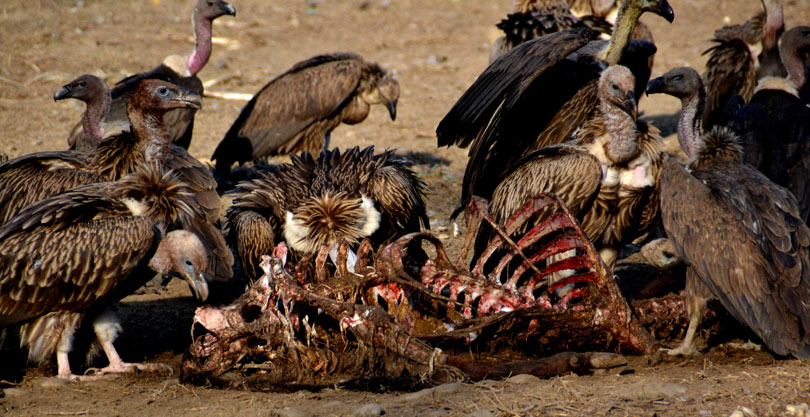
Most Nepali farmers, who are fed up of animals such as tigers and leopards, poison carcasses of their cattle killed by wild animals in the hope that the beasts would return to eat the meat and die. The farmers continue the tradition as it makes them feel good about avenging the death of their cattle.
But, their action seldom kills animals such as tigers and leopards. Innocent vultures that survive on carcasses fall prey to the game, Bhusal says.
“That is why we need an integrated approach of participatory conservation to make a big change and recover the vultures we lost,” he states.






